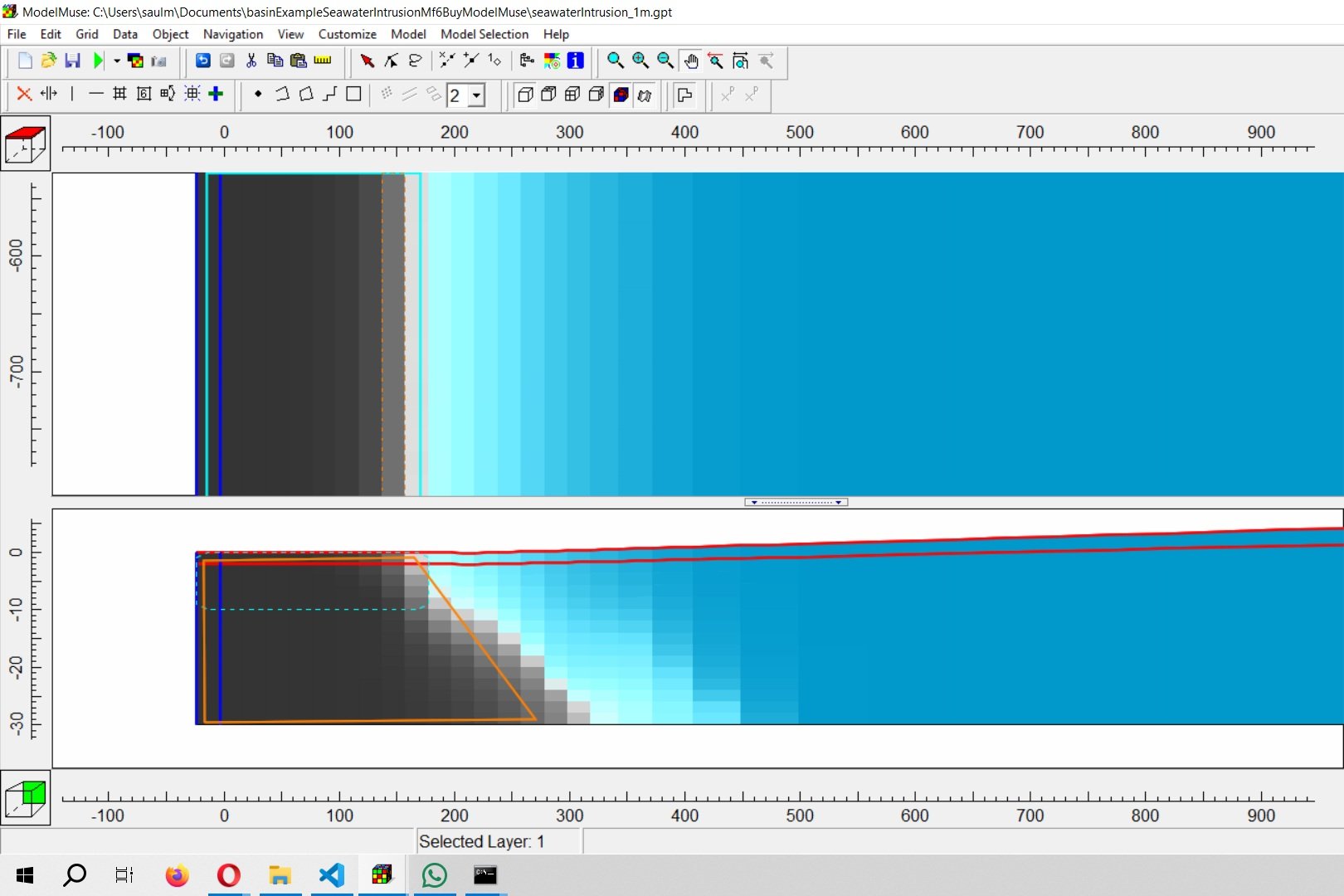Extracting geological faults and orientation representation in QGIS with GeoTrace - Tutorial
/Image from earth surface are available from satellite images and unmanned aerial vehicules (UAV). Image resolution ranges from 10 meters on free available datasets as Sentinel2, less than 1 meter on commercial satellite imagery to 0.05m (or even less) from UAVs.
Scikit-image is a library for image processing in Python. Currently there are few QGIS plugins that run Scikit-image, we found one that extracts geological features as fractures and represent fault dip, dip direction, and strike in stereonets and rose diagrams. This tutorial show the procedure to install GeoTrace on QGIS 3 with its dependencies, runs a geological fault trace on a modified raster, calculate fault strike azimuths as a separate attribute field represent them as a strike rose.
Read More






















